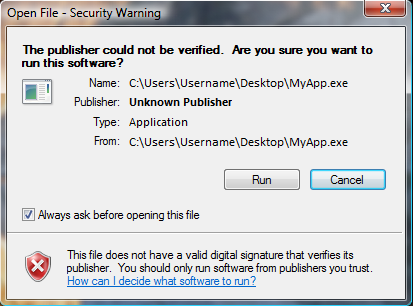Delphi And Windows Vista User Account Control

In Windows 7, 8, or 10, hit Start, type “uac” into the search box, and then click the “Change User Account Control settings” result. On Windows 8, you’ll use the Start screen (instead of the Start menu), and you’ll have to change your search to “settings” but it still works basically the same. In the “User Account Control Settings” window, drag the slider all the way down to the “Never Notify” setting. Gran Turismo Concept Iso. Click “OK” when you’re done. Pretty simple. Also note that you don’t have to turn UAC all the way off.
Here are the settings you can apply with the slider: • Always notify: Windows asks you to verify through UAC whenever an app tries to install software or make changes to your PC. It also asks for verification when you make changes to Windows settings. • Notify only about apps: The middle two settings on the slider work similarly, both notifying you only when apps try to make changes, but not when you change Windows settings. The difference between the two settings is that the first one dims your screen during the notification and the second one doesn’t.
Windows Vista User Account Control (UAC) and Delphi. Fredrik Haglund Developer Evangelist. User Account Control (UAC). Security token split during logon one user.
The second setting is intended for people with PCs that (for whatever reason) take a long time dimming the screen. • Never notify: UAC doesn’t notify you about changes you make or those made by apps. This setting essentially turns UAC off. Like we said, we strongly encourage you not to turn off UAC. It’s what makes it safe for you to run an administrator account as your daily user account.
But, if you’re determined to turn it off, at least now you know how easy it is.
Comments are closed.